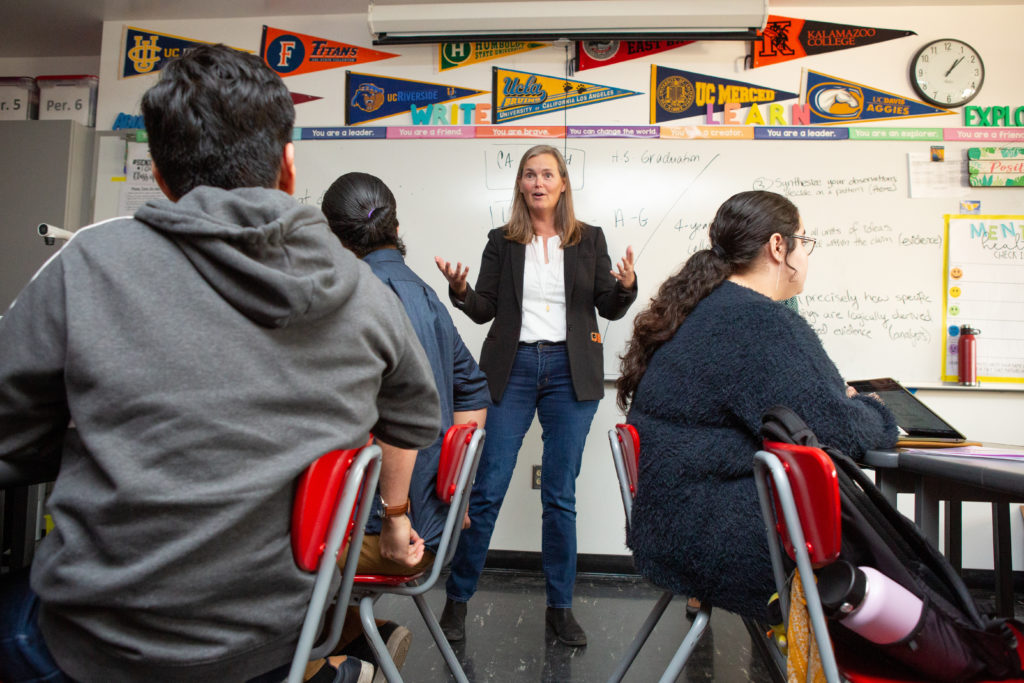Teaching is one of the most rewarding and impactful professions, as educators have the power to shape the minds and futures of their students. However, becoming an excellent teacher requires more than just subject knowledge. It involves a combination of passion, skill, and continuous self-improvement.
Here are some key strategies to help you become an excellent teacher and make a lasting impact on your students.
1. Cultivate a Passion for Teaching
Passion is the driving force behind effective teaching. A genuine enthusiasm for your subject and a love for educating others can inspire and motivate your students. When you are passionate about teaching, your energy and excitement are contagious, encouraging students to engage more deeply with the material. Show your enthusiasm through dynamic lessons and by expressing your love for learning.
2. Build Strong Relationships with Students
Strong relationships between teachers and students are foundational to a positive learning environment. Take the time to get to know your students individually, understand their strengths and weaknesses, and show genuine interest in their lives. Building rapport and trust creates a supportive atmosphere where students feel valued and are more likely to participate and succeed.
3. Create an Inclusive Classroom
An inclusive classroom recognizes and respects the diversity of students’ backgrounds and learning styles. Employ teaching strategies that accommodate various needs, such as differentiated instruction, and ensure that all students feel welcome and included. Use culturally relevant materials and promote an environment of respect and collaboration. Inclusivity fosters a sense of belonging and enhances student engagement.
4. Employ Effective Classroom Management
Effective classroom management is essential for creating a conducive learning environment. Establish clear rules and expectations from the beginning and consistently enforce them. Use positive reinforcement to encourage good behavior and address disruptions calmly and fairly. A well-managed classroom minimizes distractions and maximizes learning time.
5. Engage in Continuous Professional Development
The field of education is constantly evolving, and excellent teachers commit to lifelong learning. Attend workshops, conferences, and professional development courses to stay updated with the latest teaching strategies and educational research. Reflect on your teaching practices, seek feedback from colleagues and students, and be open to new ideas. Continuous professional growth ensures that you remain effective and innovative in your teaching approach.
6. Incorporate Active Learning Techniques
Active learning involves students in the learning process, making it more engaging and effective. Use techniques such as group discussions, hands-on activities, and problem-solving tasks to encourage student participation. Active learning helps students develop critical thinking skills and retain information more effectively.

